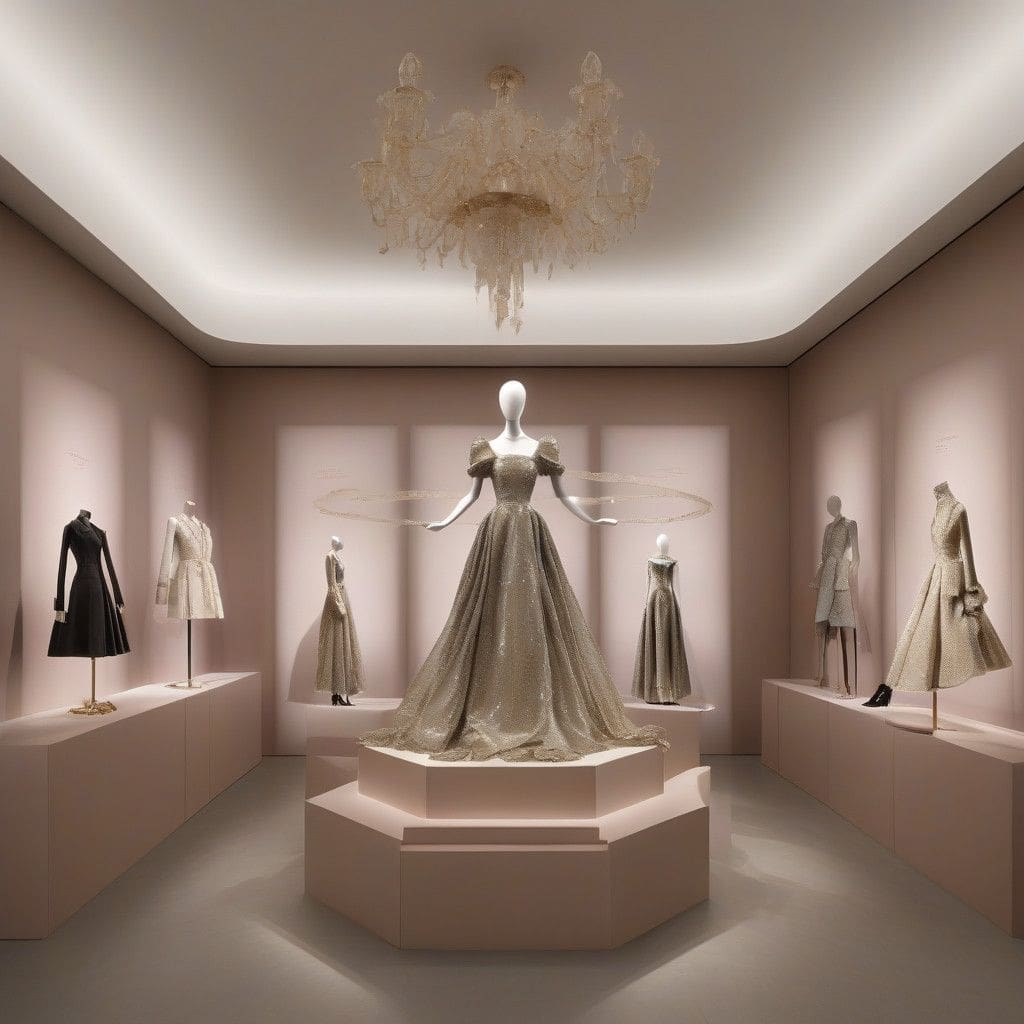Kering, the French luxury group renowned for brands like Gucci and Saint Laurent, recently revealed a troubling financial report for the third quarter of 2024, indicating a 16% decline in sales compared to the previous year. This downturn has raised alarms, particularly as it comes amid a broader slowdown in luxury demand across the market.
In monetary terms, Kering’s sales for the quarter amounted to €3.78 billion (approximately $4.08 billion). Notably, the company’s flagship brand, Gucci, has been hit the hardest, with comparable sales witnessing a staggering drop of 25%. This shift stands in sharp contrast to Gucci’s usual performance, signaling a significant challenge for Kering to maintain its profitability and brand prestige.
The challenges at Gucci are compounded by leadership changes. Following the controversial ouster of creative director Alessandro Michele and CEO Marco Bizzarri in 2023, Kering has embarked on a restructuring journey aimed at revitalizing the brand’s creative direction and operational strategy. Despite these efforts, sales continue to decline, dropping sequentially from a 20% decrease in the first half of the year to the current 25%. This trend indicates that the company’s attempts to reinvigorate Gucci’s brand appeal may not yet be resonating with consumers.
Other brands within Kering’s portfolio are also facing difficulties. Saint Laurent, previously celebrated as a vital contributor to the group’s revenue, reported a 12% decrease in sales. The Other Houses unit, which includes esteemed labels such as Balenciaga and McQueen, experienced a 14% decline, falling short of analysts’ expectations that had forecasted only a 5% drop. This deeper-than-anticipated decline in other luxury brands raises further concerns for Kering’s overall business health.
However, not all news from Kering is bleak. The company’s brand Bottega Veneta and its eyewear division achieved mid-single-digit growth during this period, suggesting that certain areas within the luxury market continue to thrive. These pockets of growth illustrate that while Kering’s more established brands grapple with declining sales, there may be opportunities for expansion and renewed consumer interest elsewhere in the portfolio.
This downturn in sales correlates with broader industry trends. Recent economic shifts, particularly high inflation and changing consumer behaviors in key markets like China, have contributed to a decline in luxury spending. As consumer confidence fluctuates, brands within the luxury sector must reconsider their strategies to align with evolving tastes and economic conditions.
In response, Kering and its competitors may need to pivot towards more innovative marketing strategies or redesign their product offerings to rekindle consumer interest. Luxury brands often rely on exclusivity and high-quality craftsmanship, but in times of economic uncertainty, companies might need to balance these elements with accessibility and market responsiveness.
The message is clear: Kering faces significant hurdles in the coming months as it strives to reverse these sales trends. The luxury market is notoriously fickle, and it will require both creative ingenuity and strategic foresight to navigate these turbulent waters effectively. Stakeholders, from investors to consumers, will be closely watching how Kering adapts and what measures it implements to restore sales and uphold its status as a leader in luxury fashion.
As Kering continues to adjust its strategies in the face of these challenges, it will be interesting to observe the evolving dynamics within the luxury sector and how Kering chooses to position its brands moving forward. The coming months will undoubtedly be pivotal in shaping Kering’s long-term success amid a shifting luxury landscape.












